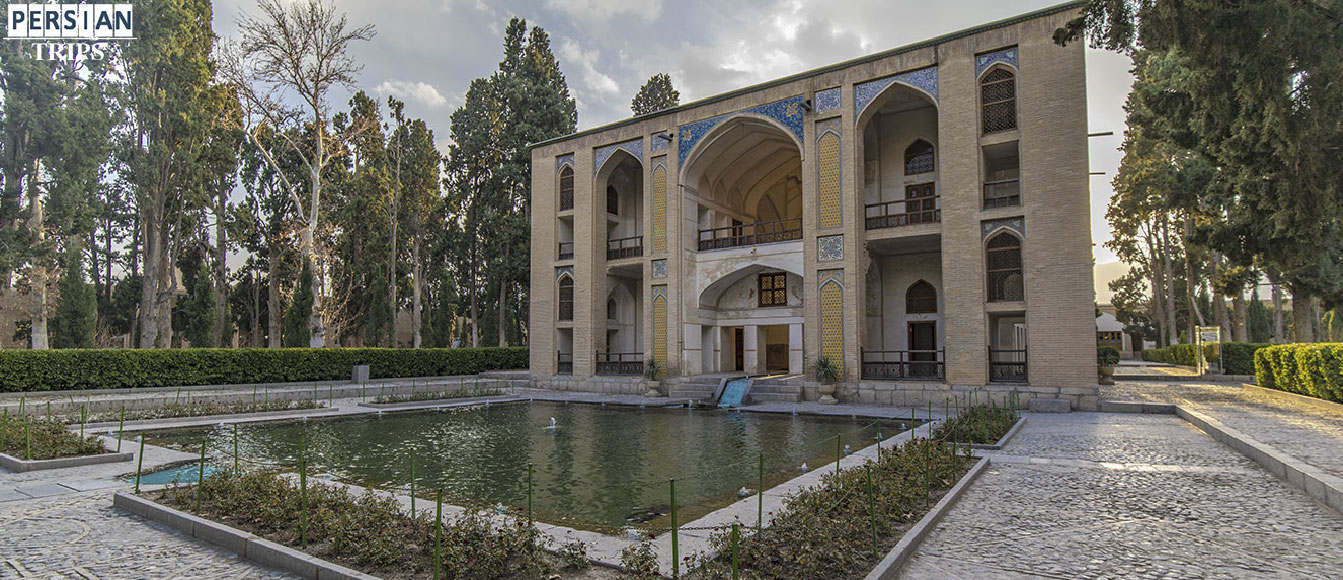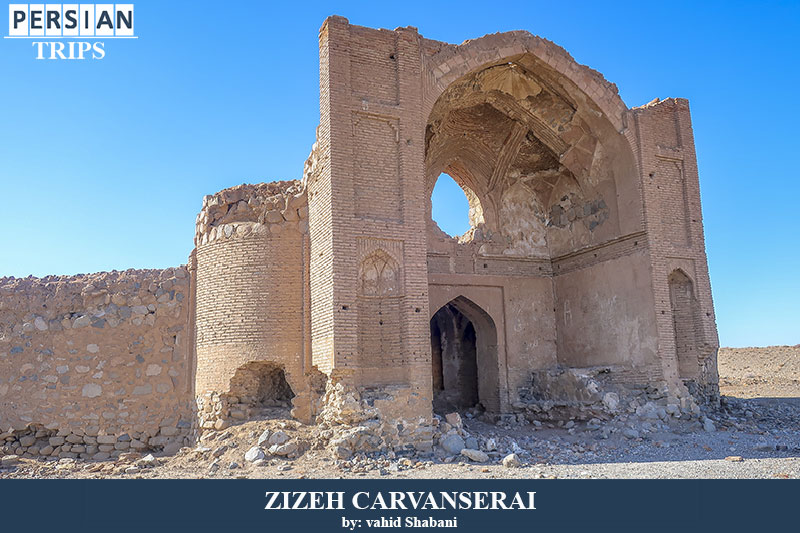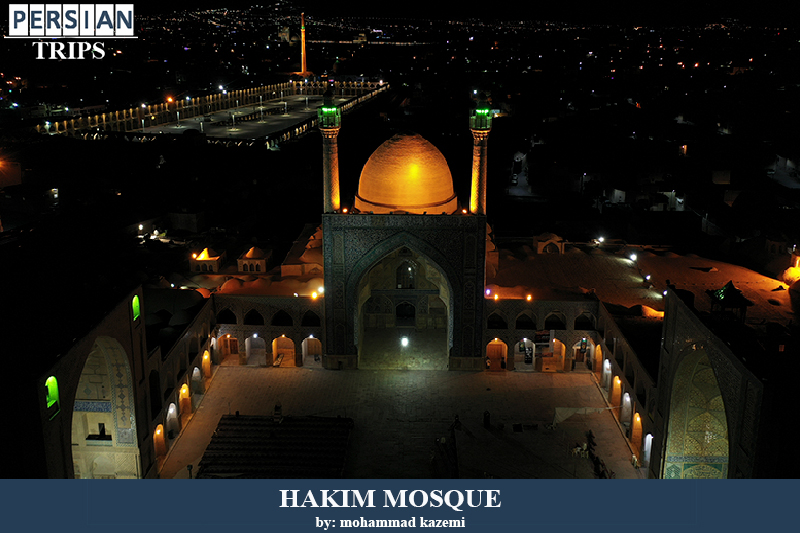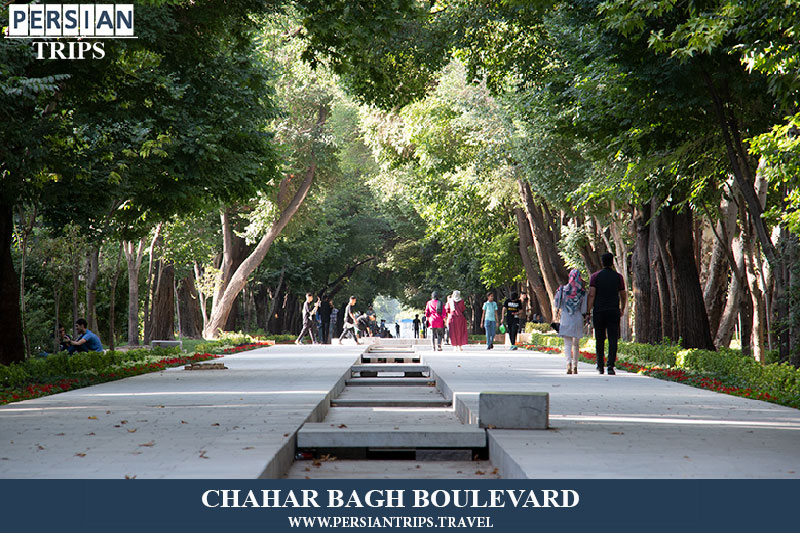Natanz Fire Temple

In the Sassanid era, the fire temple played an important role in the daily life of all people. they worshiped Ahura Mazda daily in the fire temple and gave offerings.

As the city of history and architecture, Isfahan with many unique attractions from different periods of Iran's history can be counted on as one of the most unique places in the world. Valuable historical attractions left from different periods of Isfahan's history attract every visitor. The mystery of the eternal glory of Isfahan's culture and civilization should be sought in the historical background and the creation of amazing historical monuments and urban planning, each of which shines like a lantern in the history of this region. Moreover, their maintenance could be attributed to the favorable historical, climatic and cultural situation of the vast region of Isfahan province, which is located in the center of the city. Isfahan province is bordered by Markazi, Qom and Semnan provinces from the north, Fars, Kohgiluyeh and Boyer-Ahmad provinces from the south, Yazd and Khorasan provinces from the east and Lorestan and Chaharmahal and Bakhtiari provinces from the west. Imam Square of Isfahan (Naghsh Jahan), Imam Mosque, Sheikh Lotfollah Mosque, Ali Qapo Mansion and Isfahan Jame Mosque are the best-known places in Isfahan.
Isfahan province with an area of 107045 square kilometers (equivalent to 57.6% of the country) in the central part of Iran is located in a fertile plain; it can be said that most of its cities and villages are the result of the Zayandehrud River.
The customs of locals in Isfahan, like other regions of Iran, are unique and diverse. Among the customs of the people of Isfahan, we can mention rosewater festival, the night of Esfand, the kindling of fire, Cheleh Bozorg, Cheleh Kouchak, Chaharshanbeh Soori and Eid-e-Norouz. Rosewater festival has long been part of the customs in Isfahan, especially the people of Kashan.
In Isfahan province, 178 majors related to handicraft production have been registered, and more than 60 majors are being produced and presented to the market (the first place in the country). Handicrafts of Isfahan province include inlay making, enameling, fileting, crocheting, gilding, embroidery, tapestry, felting, leather embroidery, silver making, engraving, ceramic tiles, carpet weaving, etc.
Isfahan Jame Mosque, Imam Square of Isfahan (Naqsh-e Jahan), Naqsh-e Jahan Square, Sheikh Lotfollah Mosque, Abyaneh Village, Aali Qapo Palace, Tohid Khaneh Mansion, Tabatabaei Historical House, Borujerdiha historical house, Teymouri Hall, Chehel Sotoun Palace, Chahar Bagh Theological School, Si O Se Pol Bridge, Khaju Bridge, Menar Jonban, Sialk Hill, Vank Cathedral, Agha Bozorg Mosque and School, Semirom Waterfall, Noushabad Unnderground City, Pigeon Towers, Qeysarie Bazaar, Sultan Amir Ahmad Bathhouse, Naein Jameh Mosque, Noushabad Atiq Mosque, Hasht Behesht Palace, Kashan Fin garden, Bird Garden, Kashan Abbasian Historical House, Qadir Garden, Khur Salt Lake, Flower Garden, Sofeh Mountain, Varzaneh Desert and etc.
Tags: Isfahan Province, Sialk Hill , Kashan Fin garden, Borujerdi Historical House, Isfahan Attractions, Naqsh-e Jahan Square, Aali Qapu Palace, Sheikh Lotfollah Mosque

In the Sassanid era, the fire temple played an important role in the daily life of all people. they worshiped Ahura Mazda daily in the fire temple and gave offerings.

The Safavid era is considered a golden age in the history of Iranian culture and civilization, which can be seen in various social, political, economic, architectural, military, and other aspects.

Isfahan Hakim Mosque was built in 1688 during the reign of Shah Abbas II Safavid in the old quarter of Isfahan known as Bab al-Dasht, where the remains of a mosque from the beginning of Islam called Rangarzan or Jorjir Mosque exsted.

Ali Mosque and Minaret of Isfahan was built near the Isfahan Grand Mosque during the founding period of the Safavid dynasty, namely Shah Ismail (in 1523).

Isfahan Chaharbagh Street is one of the most beautiful Chaharbagh in Iran, which has become famous in the world. This street dates back to the reign of Shah Abbas I and today it is divided into three parts: lower Chahrbagh, Abbasid Chaharbagh and upper Chaharbagh.

Isfahan Varzaneh Gav Chah is an old technology for collecting water from wells. In areas where water is not supplied by springs and rivers, people thought of inventing another way to use groundwater

20.4°C
Tehran